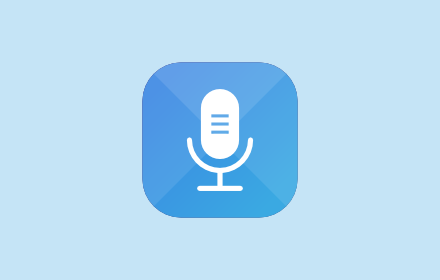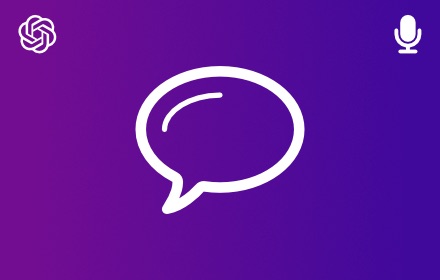Educational Text-to-Speech Applications in the Classroom Environment
Educational Text-to-Speech Applications are transforming the learning experience for students and educators alike, providing innovative solutions to enhance literacy and facilitate language acquisition. These applications serve as an invaluable tool for diverse learning needs, from assisting students with reading difficulties to aiding language learners in developing proper pronunciation and listening skills. In an era where personalized education is gaining traction, text-to-speech (TTS) technology has become an integral component in creating accessible and engaging educational content.
TTS Technology as a Literacy Support Mechanism
Text-to-speech technology has revolutionized literacy support by offering an alternative means for students to engage with written material. For individuals who struggle with reading, whether due to dyslexia or other learning disabilities, TTS can read aloud text from digital devices, making content more accessible and reducing the stress associated with reading challenges. Research shows that incorporating TTS into the classroom can improve reading comprehension and fluency, as it allows students to hear the text while following along visually, reinforcing literacy skills through a multisensory approach (Dalton & Strangman, 2006).
Moreover, educational text-to-speech applications are a powerful resource for expanding vocabulary and building language skills. As students listen to the pronunciation of unfamiliar words, they can better understand their usage in context, which is critical for effective communication. Teachers can leverage TTS to deliver personalized learning experiences, catering to each student's individual pace and learning style, thereby enhancing the overall educational outcome.
Enhancing Language Learning with TTS
The use of educational text-to-speech applications in language learning is another area of significant impact. Language learners can benefit from hearing accurate pronunciation and intonation, which are essential components of oral fluency. TTS applications can support this by providing examples of spoken language that students can imitate and practice. Additionally, many TTS programs offer a variety of accents and dialects, enabling learners to experience a range of linguistic nuances (Zeng, Espindola, & McGovern, 2018).
Beyond pronunciation, educational text-to-speech applications can also assist with listening comprehension. Learners can listen to passages at a suitable pace, rewinding and replaying sections as needed to improve understanding. This technology not only caters to auditory learners but also opens up opportunities for students with visual impairments or other conditions that make reading standard text challenging.
Educational Text-to-Speech Applications in Inclusive Education
Inclusive education aims to accommodate all learners, regardless of their abilities or challenges. Educational text-to-speech applications play a pivotal role in fostering such inclusivity. By converting text into speech, students with visual impairments or reading difficulties can access the same educational materials as their peers. As TTS technology becomes more advanced, with more natural-sounding voices and better contextual understanding, it can adapt to different subjects and reading levels, offering a customized learning experience that supports all students (Rao, Ok, & Bryant, 2015).
Furthermore, teachers can integrate TTS into their lesson plans to provide multimodal instruction, appealing to various learning styles. This instructional approach respects the different ways in which students process information, enabling them to grasp concepts through auditory means if they find visual or kinesthetic methods challenging. The versatility of educational text-to-speech applications thus ensures that no student is left behind in the educational process.
In conclusion, educational text-to-speech applications serve as a crucial tool in modern education, offering solutions that range from literacy support to advanced language learning. By providing a voice to written content, TTS technology enables a diverse student population to access and engage with educational materials in ways that suit their individual needs. As digital learning environments continue to evolve, the integration of TTS will likely become more prevalent, further enhancing the efficacy of education for learners worldwide.
Subscribe to our newsletter
Subscribe to our newsletter for tips, exciting benefits, and product updates from the team behind Voice Control!
Other projects from the team

Talkio AI
The ultimate language training app that uses AI technology to help you improve your oral language skills.

TalkaType
Simple, Secure Web Dictation. TalkaType brings the convenience of voice-to-text technology directly to your browser, allowing you to input text on any website using just your voice.

Voice Control for Gemini
Expand the voice features of Google Gemini with read aloud and keyboard shortcuts for the built-in voice recognition.